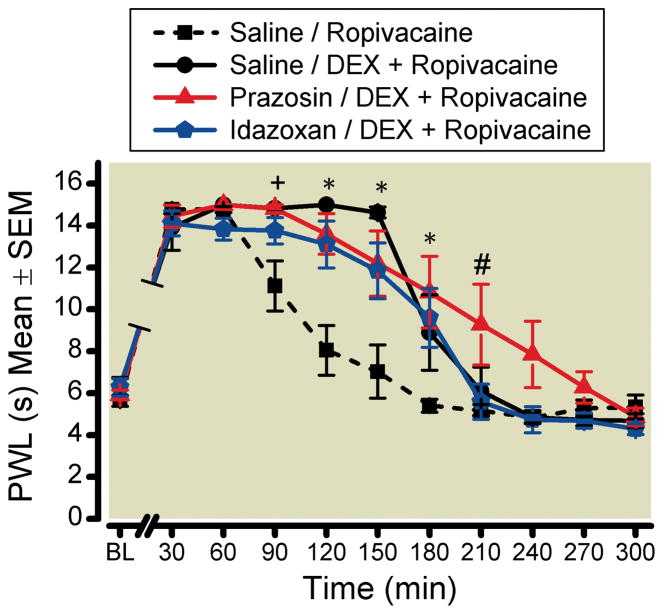Figure 1. Prazosin and Idazoxan Did Not Attenuate the Analgesic Effects of Perineural Dexmedetomidine Added to Ropivacaine.
Each rat received a pretreatment perineural injection followed by a second injection 10 min later. The duration of sensory blockade was measured by assessing paw withdrawal latency (PWL) to a heat stimulus every 30 min following the nerve block with a maximum response of 15 s. All of the groups containing dexmedetomidine plus ropivacaine had a longer duration of sensory blockade when compared with ropivacaine alone.
Groups are noted in the upper right by the “Pretreatment/Second Injection.”
∝ = 0.00833
* indicates a significant difference for all three DEX groups when compared with the Saline/Ropiv control group.
+ indicates Saline/DEX+Ropiv and Prazosin/DEX+Ropiv are each significantly different from the Saline/Ropiv control group.
# indicates Prazosin/DEX+Ropiv significantly differs from both Idazoxan/DEX+Ropiv and the Saline/Ropiv control group.
BL = baseline; DEX = dexmedetomidine; Ropiv = ropivacaine

